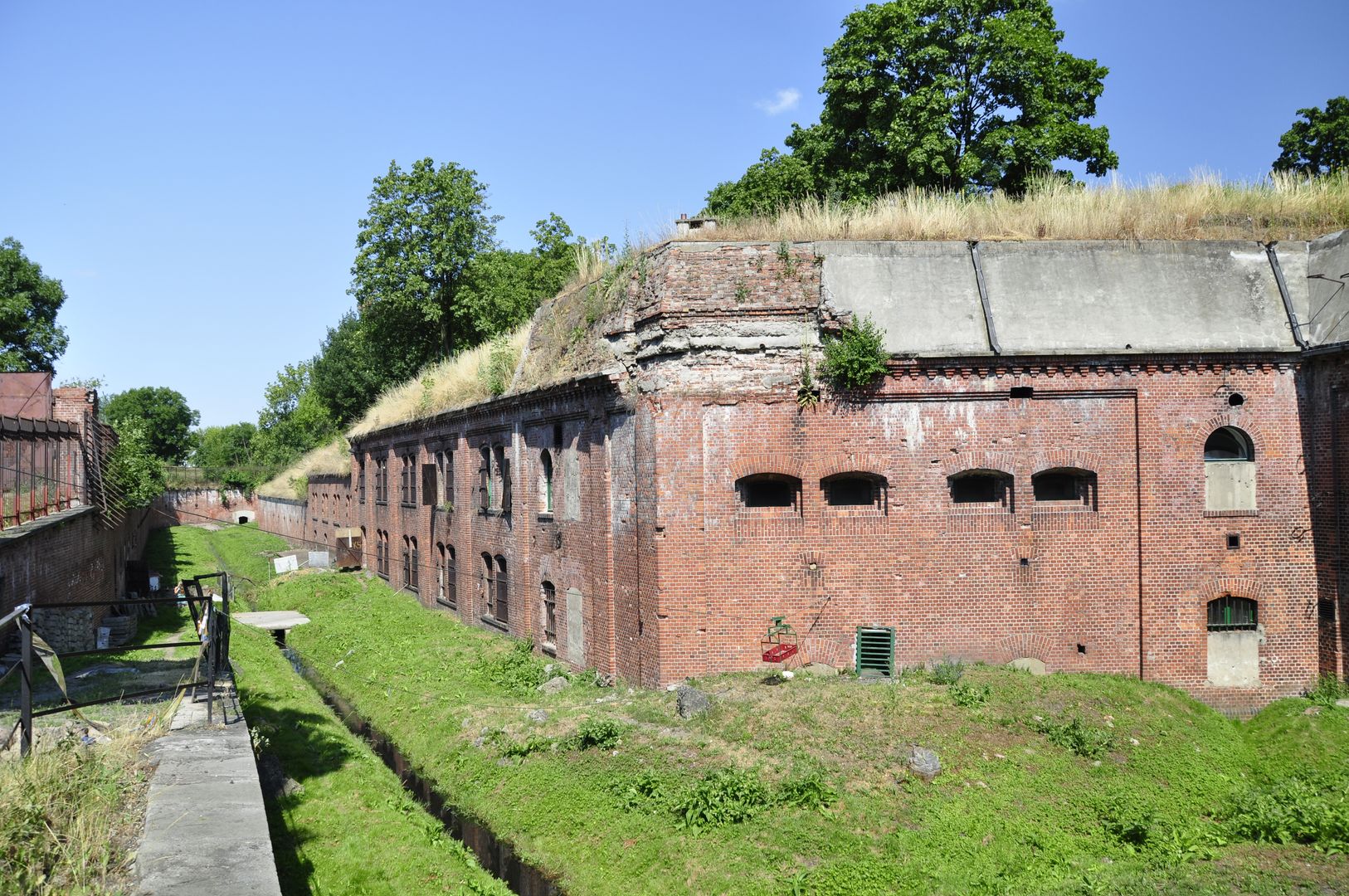Fort I of the Toruń Fortress
6.83

Overview
Fort I of the Toruń Fortress, built between 1888 and 1892, is a modern armored fort that formed part of Toruń's defensive system. Over the years, it underwent several name and number changes—from Fort Ia Buchtfort to Fort Ia König Wilhelm I, until it was renamed in honor of John III Sobieski in 1920. Its trapezoidal layout makes it the only armored fort in the entire eastern part of the Second German Empire. The fort was armed with a battery of four 21 cm howitzers, which was considered a modern military innovation at the time. It was designed to accommodate a substantial garrison, consisting of 200 infantrymen, 152 artillerymen, and officers. The structure is noted for its well-planned interior spaces and defensive systems, including a caponier with an oval shape and a counterscarp wall. The fort underwent several upgrades, such as the installation of rapid-fire gun batteries in 1905 and the addition of barbed wire fencing in 1911. After 1920, following renovations, it lost its military function and was repurposed as a storage facility. After World War II, it remained under military control until 1956, after which it was transferred to civilian administration. During this period, parts of its walls and structures were dismantled. From 1960 to 1991, it served as a warehouse for the Central Cellars of Imported Wines, which led to further architectural modifications. Today, the fort is managed by the Historical Reenactment Group REX Association, which promotes its history and architecture while developing historical education initiatives. Fort I is not only a testament to the region's military past but also a significant cultural landmark that attracts tourists and historians alike.
Location
2025 Wizytor | All Rights Reserved